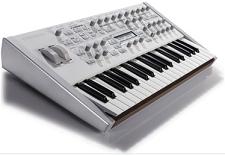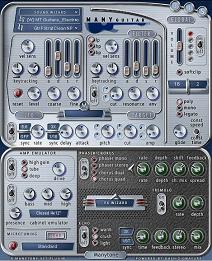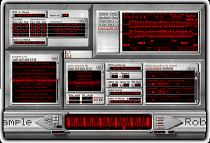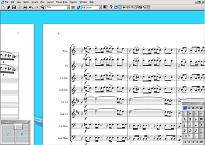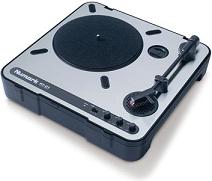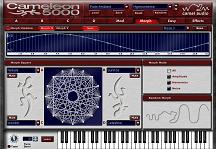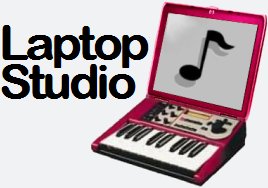Applied Acoustics String Studio review — Keyboard
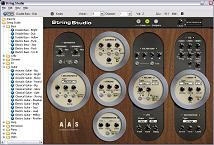
Keyboard magazine reviews the String Studio VST instrument from Applied Acoustics Systems. This is a physical modelling (or modeling, if you prefer) synth that lets you customize and tweak sounds to a great level of detail. They say it’s a bit on the esoteric side, and not exactly cheap, but on the other had it can take you to the “land of magical weirdness” so it’s got to be worth investigating.
The interface is dedicated to letting you control every parameter of the string model, which gives you a lot of power and a lot of room to mess up. This is probably a good thing if you’re looking for unusual sounds. “While the string parameters are the focus of the program, AAS doesn’t stop there. Parameters can be controlled via MIDI or your host automation, which adds another layer of expressiveness. The Arpeggiator isn’t earth-shattering; there are only four choices of note orders and 16 steps. But arpeggiators seem particularly enamored of short, percussive sounds, and String Studio delivers those in spades.”
They say that AAS have succeeded in their aim of producing “a synthesizer capable of realistic emulation of individual string instruments but also a creative tool for unusual textures and sounds from other-worldly instruments.”
In the end they say that String Studio is not for everyone, but if you can handle it there’s nothing else like it: “This is no program for newbies, and is clearly more for pros and sound designers. As such, the cost may not be a problem for those in quest of new sounds — it’s worth it. … Being able to create the kind of unique sounds String Studio produces will more than justify the bucks to people who like the sonic equivalent of white-water rafting. I give a lot of points to software capable of creating sounds that cause heads to turn.”

